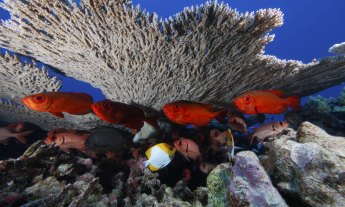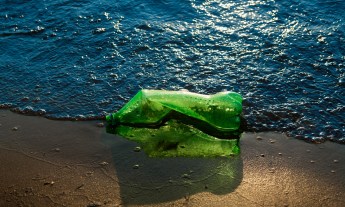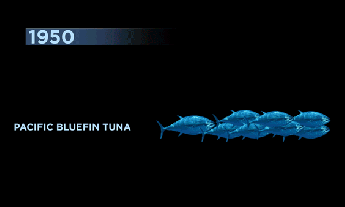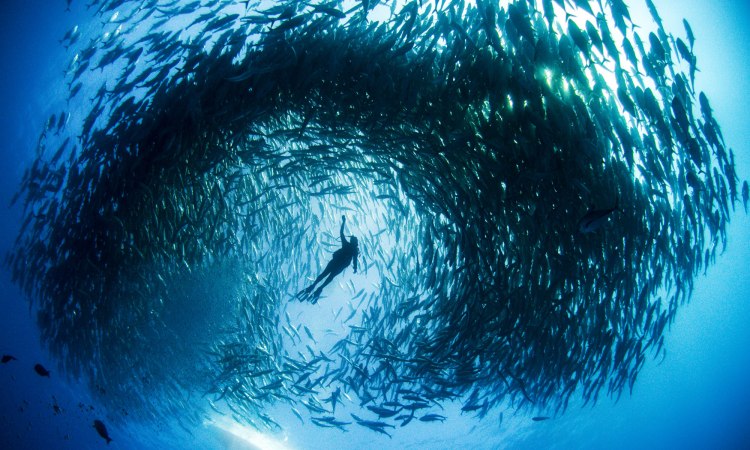
This probably sounds obvious, but it’s worth saying again: The oceans are a gorgeous, rich and diverse ecosystem that have inspired and supported humanity for millennia. But the oceans are also choked with plastic and becoming more acidic by the day. People are overfishing, which threatens the survival of fish species — and also the survival of humans who live in coastal towns who depend on fish for food.
Sadly, even though people created these problems in the oceans, people usually don’t want to hear about them. And so, while aboard a floating TED conference in the Pacific Ocean last month, a group of ocean scientists and activists brainstormed ways to make the seas sound as amazing as they are. Read on for new tools, studies and discoveries that could spark positive curiosity and empathy.
1. Highlight amazing ocean creatures — and show how they’re connected to better lives for humans, too.
Jawdropping new discoveries about the ocean are happening all the time. For instance, marine biologist David Gruber has just discovered that some ocean species are fluorescent when seen by other marine animals — but human eyes can’t see the effect. This phenomenon isn’t merely a cool fact; fluorescent proteins are often used in medical labs to help scientists make cells shinier and more visible. So this discovery holds promise for making new medicines for all of us, whether or not we have fish vision. Then there’s TED Fellow Kristen Marhaver, who studies baby coral and the ways they choose their own home. Now she’s identifying ways of building underwater structures that attract baby coral — and thus help humans rebuild coral habitats. Aside from just being beautiful, these reefs protect land from storms coming in over the water. So healthier reefs can lead to safer beach towns.
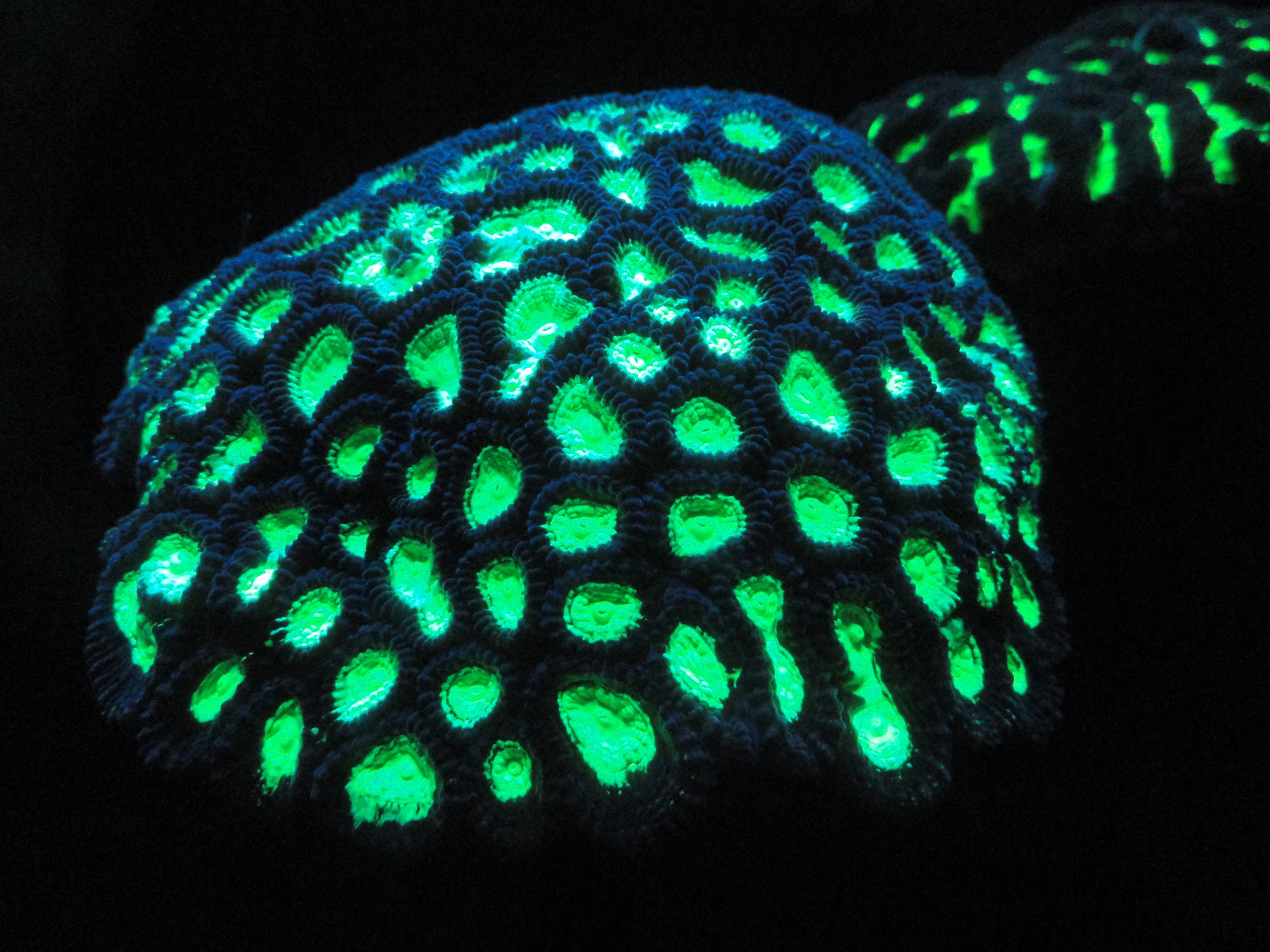
2. Explore new models of the underwater world.
There’s been a revolution in the past decade in how we see the underwater world, thanks to advanced mapping software and new underwater robots, cameras and tools. Three new projects (among many) to explore: First, to survey the oceans’ geography, Google Earth partnered with The XL Catlin Seaview Survey to develop stunning undersea footage from across the planet. Second, TED Fellow David Lang co-founded OpenROV, a company whose underwater robots let anyone explore the oceans. “All of a sudden, asking an interesting question no longer requires a research grant and university affiliation,” he wrote recently. “That has huge implications for the process of discovery.” Third, new Autodesk software tools can create highly detailed 3D models of coral, allowing scientists to measure and monitor them over time. These digital 3D models help scientists provide evidence of growth trends and illustrate theories about the impact of ocean acidification and other changes caused by human activity.
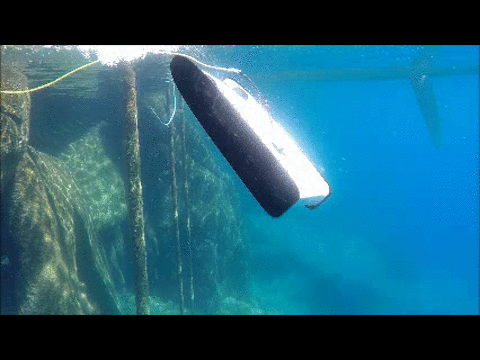
3. Focus on what’s on our plates.
Ocean activist Sylvia Earle (TED Talk: My wish: Protect our oceans) has spent decades sounding the alarm on how fishing is devastating the oceans. “If people really understood the methods being used to capture wild fish, they might think about choosing whether to eat them at all,” the 2009 TED Prize winner has said. Chef Barton Seaver (TED Talk: Sustainable seafood? Let’s get smart) offers a less extreme approach — let’s eat much less seafood and many more vegetables — while still making the point that what’s for dinner is directly connected to the health of the oceans. This awareness-raising is complimented by policy change. Unsustainable fishing practices are common with both small, independent fishermen and large fishing enterprises, so overfishing solutions must involve large-scale incentives — and include community efforts. The organization Rare works with local governments and residents in coastal fishing communities to design community-managed fisheries. Rare’s goal is to encourage small communities to take pride in creating sustainable fisheries. Their successes have attracted both praise and large-scale funding — and offer a new, localized approach to this global problem.

4. Use viral art to inspire a strong emotional connection with the oceans.
Some extraordinary (and internet-famous) new artworks make the ocean seem even more beautiful, intriguing and relatable. Sculptor Jason deCaires Taylor builds underwater museums filled with stunning statues that can only be visited by divers. His statues are made of cement that’s hospitable to ocean life, so that his art becomes serendipitously integrated with its environment. Fish, lobsters and algae turn his pieces into homes. TED Fellow Colleen Flanigan has a similar idea. She welds rippling, metal sculptures that, when placed underwater, run low-voltage electricity that pulls minerals in and forms a base on which corals flourish. “Corals on these sculptures can grow two to six times faster than wild corals,” she said in an interview. In another project, diver Hannah Fraser and cinematographer Shawn Heinrichs worked together to create a live-action video of Fraser dancing underwater with tiger sharks. After the video went viral, it led to support for an online petition against shark slaughter.
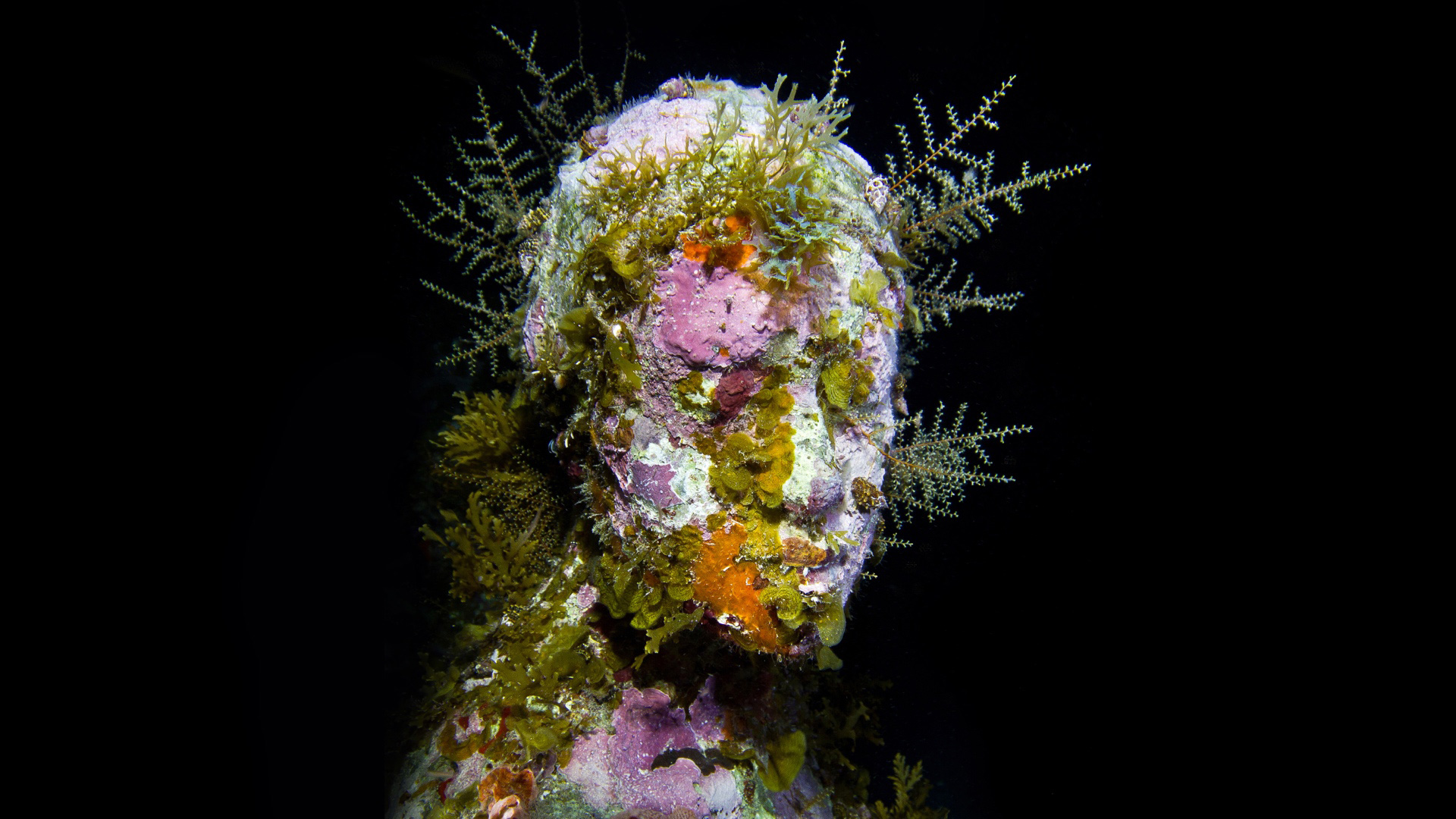
The impact of humanity on the oceans is vast, and no single solution will do. But hopefully, sharing the wonders of our oceans will help us harness our collective ingenuity and create the wide variety of solutions we need.
Featured image by Stocksy.










